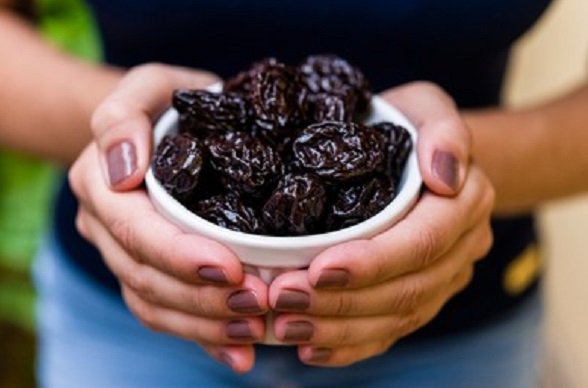Inside BENEO’s new pulse plant: pioneering sustainable protein from faba beans
The research led by San Diego State University reveals that prunes can positively affect heart disease risk.
New research published in the Journal of Medicinal Food suggests eating prunes each day can improve cardiovascular disease (CVD) risk factors, including raising antioxidant capacity and reducing inflammation among healthy, postmenopausal women.
Cardiovascular disease is the number one cause of death worldwide posing a significant public health challenge. The research led by San Diego State University, US reveals that prunes can positively affect heart disease risk.
In this randomized, controlled study, researchers found that eating 50 grams of prunes (about 5-6 prunes) each day for just 6 months resulted in improved CVD risk biomarkers – including raising the body’s good cholesterol, known as HDL, and lowering the ratio of total cholesterol to HDL.
Eating prunes daily also promoted higher antioxidant capacity and lowered levels of the inflammatory cytokines interleukin-6 and tumor necrosis factor-alpha associated with CVD risk. Notably, the study participants’ body mass index and weight were maintained during the trial despite adding prunes to the usual diet.
Researchers recruited 48 healthy, postmenopausal women who were divided into three groups – a control group who ate no prunes, and two treatment groups who consumed either 50 grams or 100 grams of prunes daily, throughout the six-month study. All other aspects of the women’s diets and lifestyles remained similar to before the study. Interestingly, there were some similar positive results among those who ate 50 grams of prunes and those consuming 100 grams – suggesting that adding 5-6 prunes or more into the daily diet may have a positive effect on CVD risk.
While the precise mechanisms and specific compounds that contribute to these beneficial effects have yet to be determined, naturally occurring antioxidant-powered phenolic compounds, fiber, and other nutrients are thought to play a role.

